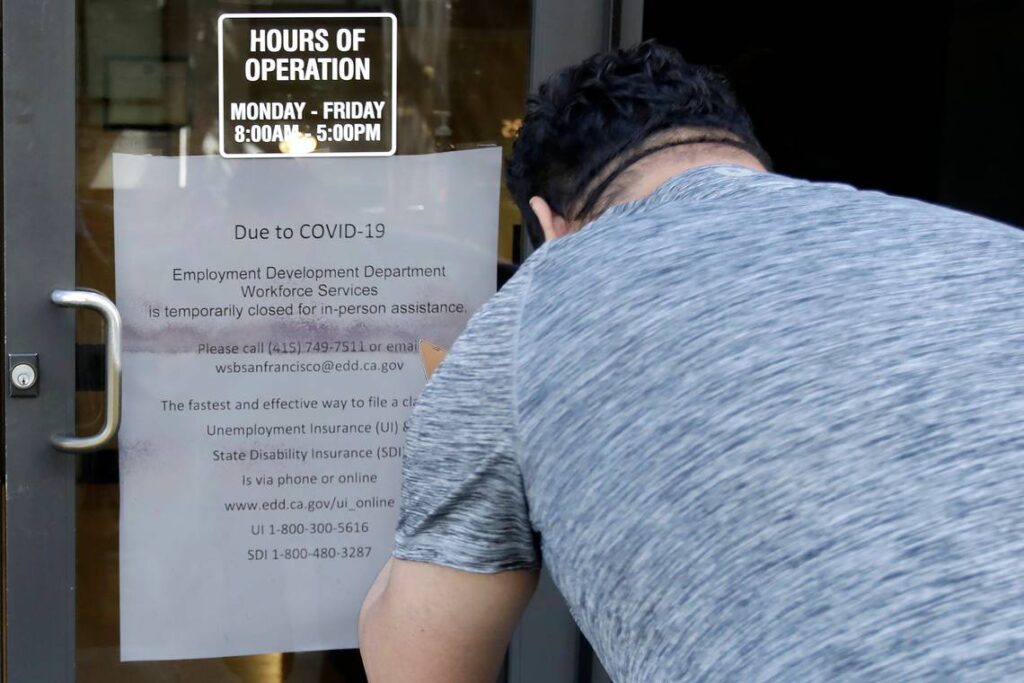A tragic concern regarding the haves vs. the have nots is emerging in the wake of the ensuing pandemic crisis in America, and around the world.
For years the business world has sung the praises of telecommuting, and over the years a small percentage of businesses and organizations embraced this new remote work model, that was then. In 2020, this is now. Telecommuting has become the new standard and if you are currently working from home, you are a survivor of COVID-19 restrictions. If you are not ready, able, and willing to work from home, you are among the many that may be looking forward to very tough times ahead.
Now there is a distinctive and growing chasm between office workers who easily adapted to the work from home scenario that was forced upon half of all workers in America and the labor market which was, for the most part, sent home to try to survive on unemployment. And as we all know, the unemployment reserves are rapidly being depleted. What happens to the labor market segment when the well runs dry?
Its as if the effects of the pandemic are further dividing the haves (those that have work from home jobs) from the have nots (unemployed). In comparison, the “haves” are enjoying all the benefits from teleworking, while the “have nots” are struggling to survive.
While some factories resorted to crowd manufacturing, others were shut down during the lockdown, and many of those have been retrofitted and established social distancing and the use of PPE in order to return to work, but the hospitality, entertainment, and service industries are suffering dramatically.
The hardest hit during the pandemic is women with children. As time goes on, working mothers are being forced to choose to leave the workforce in an attempt to manage a household and children are forced to stay home because daycares are off-limits, and youths are having to school from home as well.
Minorities are suffering as they are not proportionately represented in telecommuting-ready fields, and they are targeted at being more at risk during the pandemic than Caucasians.
Can we bridge the gap between the haves and have nots?
The only way to do so is to bring work from home opportunities to those who have been pandemically displaced. Retraining, subsidizing the necessary equipment and connectivity necessary to make those who are unable to telecommute remote-work-ready.
Prolonging and widening the divide between peoples is too much to ask and is not the answer.
We have an enthusiastic workforce that lays dormant, eager to return to work, but is incapable of making the leap from line staff to remote staff.
Will companies, communities, states, and federal agencies answer the call to help those hit the hardest by pandemic unemployment, are will we continue to let these segments of the workforce deteriorate and fade into the neglected and forgotten fabric of our country?
